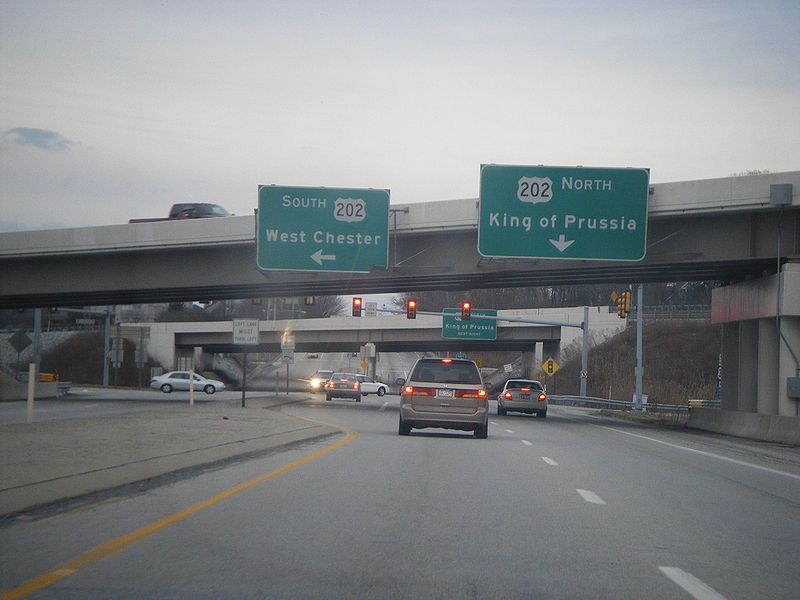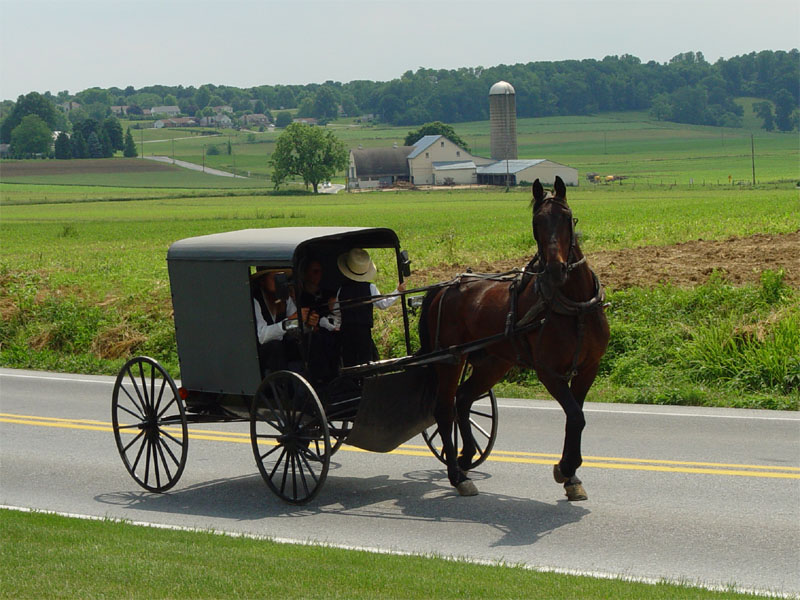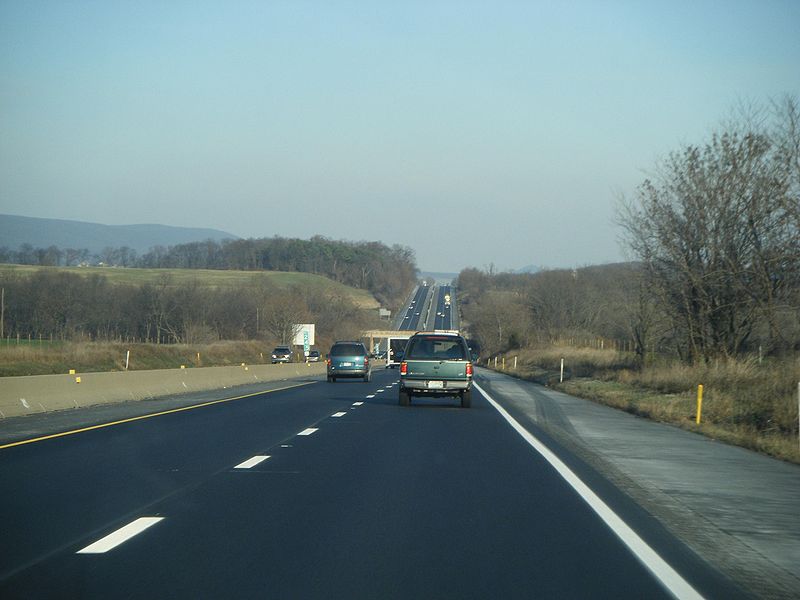Shipwreck Study Underway Along U.S. Coast to Catalog Possible Environmental Risks
The National Oceanic and Atmospheric Administration is in the process of cataloguing shipwrecks off the U. S. coast to determine which could pose an environmental risk as they deteriorate. Lisa Symons, Damage Assessment and Resource Protection Coordinator for the Office of Marine Sanctuaries, says they’re looking at shipwrecks since 1902 of vessels over 100 tons gross weight or 200 feet in length, those that could carry a significant amount of petroleum as cargo or fuel.
Just off the mid-Atlantic Coast during World War II, a German U-boat sent a nearly 500 foot tanker to a watery grave. In addition to vessels sunk during the war, there are other bigger ships beneath the ocean that could potentially pose an environmental risk.
A federal grant is helping assess the risk. The work started in 2010, but was delayed by the Gulf oil spill. It has resumed and should be completed by the end of the year.
The potential problem came to light as officials investigated a series of mystery leaks along the California coast near a marine sanctuary. Symons says they were able to trace that back in 2002 to a vessel lost during the Korean War.
When NOAA has completed the research, the Coast Guard will be given a list of vessels to watch. If any are deemed to be an imminent pollution threat, the Coast Guard could request money from the National Pollution Funds Center to do an assessment to see if a cleanup would be necessary.
The list is being whittled down daily as historical records, museum records from Lloyds of London, Coast Guard records and other documents are reviewed. Symons says some sites may also be recreational dive sites or may attract anglers as fish congregate there, and there’s often information available that’s not part of the historical record. There were just over 230 shipwrecks nationwide that had the potential to be a risk based on the research criteria. Fifty-nine of them are off the Atlantic coast between New Jersey and Georgia.
Symons says since many of the ships were lost at time of war, during the Battle of the Atlantic in World War II, they don’t always have a record of exactly where the vessels went down. However, she says the Navy destroyed as many of the foundering ships as possible, so not all that meet the size criteria still pose a risk.
You can learn more about the German U-boat attacks at uboat.net. You can also learn about shipwrecks from the Battle of the Atlantic at NOAA’s website.












